
Heaters
Heating costs are rising every year. Our range of cutting-edge electric heaters will keep you cosy for less, saving you money on your heating bills every single night. From oil filled radiators to electric panel heaters, we've got something for every budget.
-
Shop by Type
-
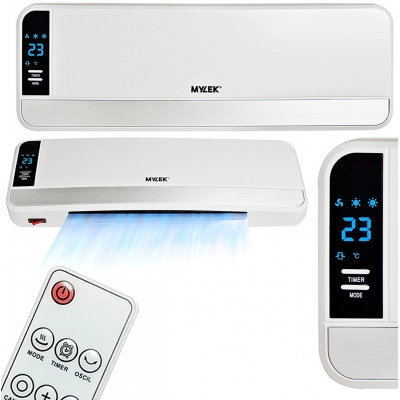 Air Curtains & Over Door Heaters
Air Curtains & Over Door Heaters
-
 Commercial Heaters
Commercial Heaters
-
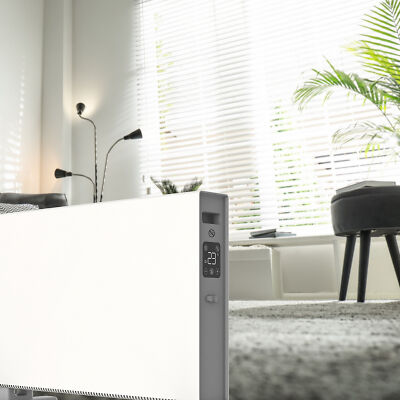 Convector Heaters
Convector Heaters
-
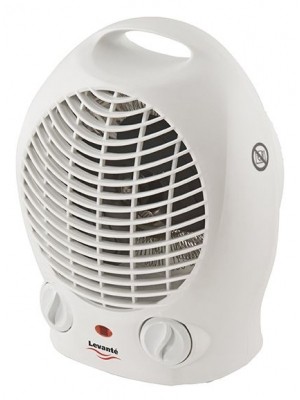 Fan Heaters
Fan Heaters
-
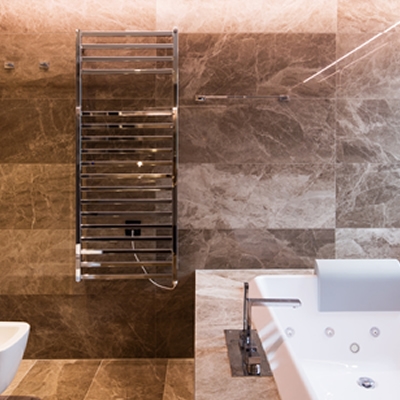 Towel Rails
Towel Rails
-
 Lot 20 Electric Panel Heaters
Lot 20 Electric Panel Heaters
-
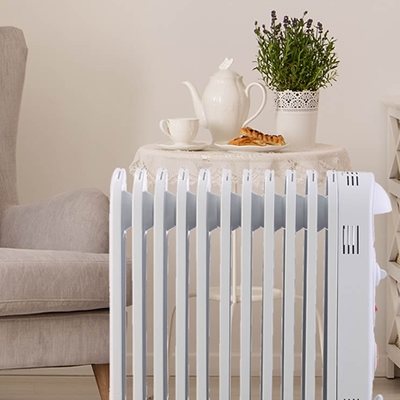 Oil Filled Radiators
Oil Filled Radiators
-
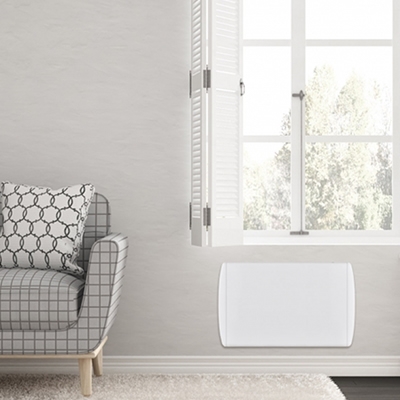 Panel Heaters
Panel Heaters
-
 Patio & Outdoor Heaters
Patio & Outdoor Heaters
-
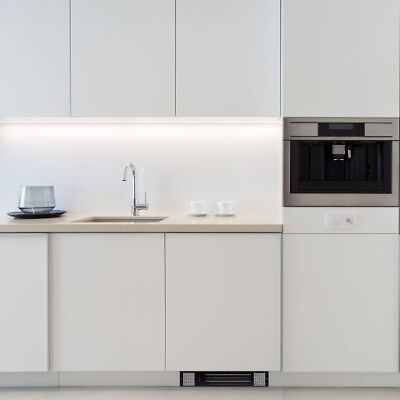 Plinth Heaters
Plinth Heaters
-
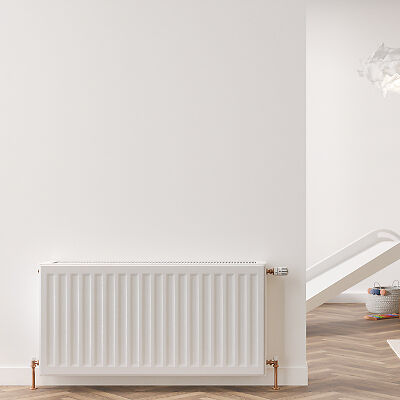 Radiators
Radiators
-
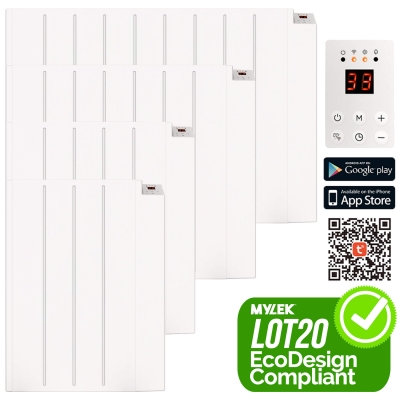 Smart Heating
Smart Heating
-
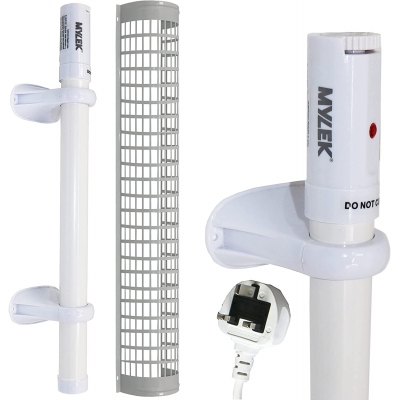 Tubular Heaters
Tubular Heaters
-
Shop by Room
-
 Bathroom Heaters
Bathroom Heaters
-
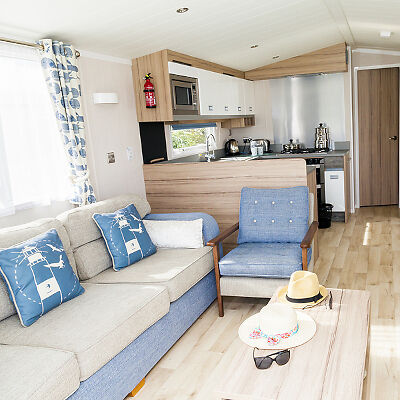 Caravan Heaters
Caravan Heaters
-
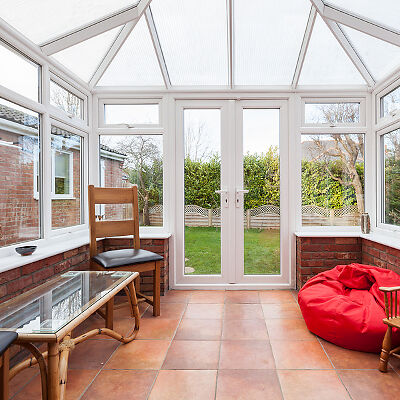 Conservatory Heaters
Conservatory Heaters
-
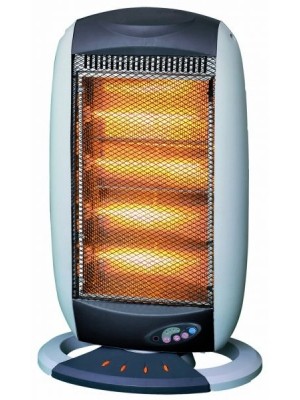 Garage Heaters
Garage Heaters
-
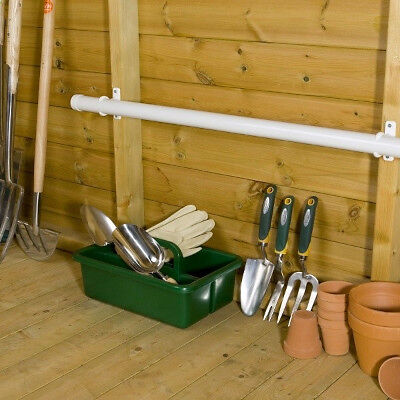 Garden Shed Heaters
Garden Shed Heaters
-
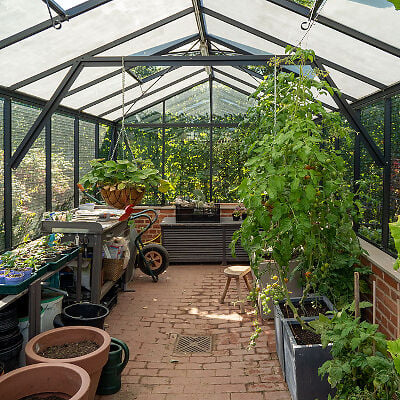 Greenhouse Heaters
Greenhouse Heaters
Why Buy an Electric Heater?
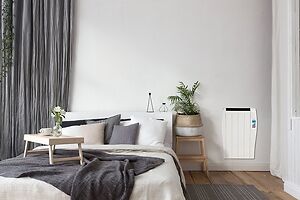 The cost of central heating seems to rise every year. If you have an old or inefficient central heating system or outdated insulation in your home, you'll feel even more squeezed through the winter. For many people, replacing their central heating system simply isn't an option, but luckily, there is a much more affordable alternative that is every bit as effective! Electric heaters can be used to complement your central heating, keeping you cosy for a fraction of the cost, while some more advanced heaters can replace those old radiators entirely!
The cost of central heating seems to rise every year. If you have an old or inefficient central heating system or outdated insulation in your home, you'll feel even more squeezed through the winter. For many people, replacing their central heating system simply isn't an option, but luckily, there is a much more affordable alternative that is every bit as effective! Electric heaters can be used to complement your central heating, keeping you cosy for a fraction of the cost, while some more advanced heaters can replace those old radiators entirely!
Electric heaters come in three main varieties - electric panel heaters, oil-filled radiators, and outdoor heaters. Within those three main categories, there are a massive number of different features and options on offer to suit virtually any requirements and budget. For example, if you want to keep cosy in the bathroom, you'll want a splashproof panel heater. If you're looking for a portable heater for a caravan, you'll want something very lightweight. Or, if you're after something that's capable of replacing your central heating radiator, you should pick something that's really energy efficient and packed with waste-reducing features like open window detection. As there are so many options available, it can be tricky to figure out which one will work best for you and what features you'll need. That's why we put together this no-nonsense buyer's guide to help you get the most for your money.
What's the Difference?
When you're looking for an affordable electric heater, you should start by identifying the differences between the three varieties that are available. This will help you avoid wasting time looking at a heater that isn't suitable for your needs.
Electric Panel Heaters
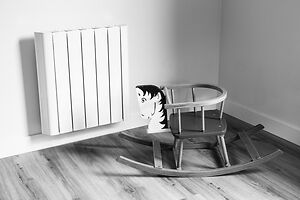 Panel heaters make the units themselves very compact and lightweight, so they're suitable for use as both portable or wall-mounted heaters. It also means that there's more space left over in the unit to fit energy-saving features, such as open window detectors, into a panel heater. As they work by circulating warm air around a room, they're known for creating a cosy feeling around homes and workplaces across the country. They're incredibly versatile and can be used in almost any room - as they're so lightweight, they can easily be carried upstairs or around large buildings.
Panel heaters make the units themselves very compact and lightweight, so they're suitable for use as both portable or wall-mounted heaters. It also means that there's more space left over in the unit to fit energy-saving features, such as open window detectors, into a panel heater. As they work by circulating warm air around a room, they're known for creating a cosy feeling around homes and workplaces across the country. They're incredibly versatile and can be used in almost any room - as they're so lightweight, they can easily be carried upstairs or around large buildings.
Oil Filled Radiators
Oil filled radiators work slightly differently to panel heaters. They're filled with a thermally-conductive oil which retains heat very well. This means that these radiators tend to be a little bulkier and heavier. They're usually (but not always) a bit more basic than convectors, but they do have a couple of advantages. For one, they use more radiant heat as well as convective heat. Radiant heat warms you directly rather than simply warming the air around you, so you'll start to feel the radiators' warmth slightly faster. The oil inside the radiator fins also cools down very slowly, so you can stay warmer for longer after turning the unit off. If you plan to use it in the bedroom, an oil-filled radiator is ideal as you can turn it off just before you go to bed and drift off into a cosy sleep without using any more electricity.
Outdoor & Patio Heaters
Outdoor heaters can't use convective heating as there's no point in warming up the air when you're outdoors! Instead, they use halogen bulbs which give off large amounts of radiant heat. This means you'll feel the warmth from them instantly provided you're close enough to them. What this means, though, is that you'll need to position the heater so that the heat rays from the bulb hit every part of your patio - if you're not sat directly in the heat rays, you won't feel any benefit. Because of this, most patio heaters are wall-mounted so you can place them above you.
How Powerful Does My Heater Need to Be?
A general rule of thumb is that you need 100w of power for every square metre in your room. This can vary slightly depending on a range of factors, including the quality of insulation in your home, the thickness of your carpets, whether the room is south-facing, and so on. If you have a giant open-plan room, a small 500w heater probably isn't going to do much, meaning you'll simply be wasting electricity - likewise, if you only want to heat up a small storage cupboard, you won't want to splash out on a large 2kW model. If you aren't completely sure, it's always best to plump for a model that's slightly more powerful as you can always run it at a lower temperature if it's too much.
What is ERP Lot 20?
 All wall-mounted electric heaters are now governed by ERP Lot 20, new regulations stating every unit manufactured after 2017 will have to meet a certain level of energy efficiency. This is a good thing, as it means you're guaranteed an eco-friendly, low-cost performance that'll reduce your heating bills. To comply with these laws, a wall-mounted heater must possess a thermostat that's accurate to within 0.2 degrees, a programmable timer, and one other eco-friendly feature (for example, an open window detection mode). Note that these regulations only apply to wall-mounted heaters - models that can't be wall-mounted aren't bound by Lot 20.
All wall-mounted electric heaters are now governed by ERP Lot 20, new regulations stating every unit manufactured after 2017 will have to meet a certain level of energy efficiency. This is a good thing, as it means you're guaranteed an eco-friendly, low-cost performance that'll reduce your heating bills. To comply with these laws, a wall-mounted heater must possess a thermostat that's accurate to within 0.2 degrees, a programmable timer, and one other eco-friendly feature (for example, an open window detection mode). Note that these regulations only apply to wall-mounted heaters - models that can't be wall-mounted aren't bound by Lot 20.
Bathroom Heaters
Our customers regularly ask us about whether they can use electric heaters in their bathroom. The answer is yes - with a few conditions. You'll need to make sure you pick one that's got the right IP (Ingress Protection) rating. This rating is given to all electrical appliances, and it determines how well-protected they are against water and solid objects. If you're using your heater in your bathroom, you should make sure it's at least IPX4 rated. This will ensure it's protected against splashing water from all directions. For more information on IP ratings and what they mean, check out our blog on the subject!
Conservatory Heaters
A popular application for panel heaters is to use them in the conservatory. This is because conservatories are predominantly made of glass, which allows a lot of heat to escape your home. A small heater in the conservatory will take the chill out of the air, preventing frost and making it a more comfortable place to be all year round. The main thing to look of for when heating your conservatory is the size and power of your heater - you want something that's small and slimline to maximise the amount of space you have while still being powerful enough to effectively circulate heat around the room. It's always better to go slightly more powerful than you think you need when it comes to conservatory heaters as it'll need to battle against the heat that escapes through your glass.
Thermostats and Timers
Thermostats and timers are two handy ways modern heaters will save you money when compared to older central heating. As heating costs rise every year, it's important to reduce waste energy so you never end up paying more than you have to.
Timers
Most central heating systems will have timers on anyway, but some really old ones might not. Likewise, modern electric heaters will likely have a timer (any ERP Lot 20-compliant heater must have one by law anyway), but there are several different types of timer to look out for. Countdown timers are the most common and most basic - they let you program your heater to turn off after a set number of hours. 7-day timers are more versatile as they let you turn your heater off at a different time every day, giving you a bit more control over your energy use. 7-day timers are handy if you work irregular shifts and you're out of the house at different times every day. Thanks to the advent of smart technology, some cutting-edge heaters will use smart timers which you can program using your smartphone or even voice commands via an Amazon Alexa or Google Home system.
Thermostats
Almost every modern heater will have a thermostat of some kind. Thermostats monitor your room temperature and will turn your electric heater off when it detects your room has hit its target temperature. When your room temperature starts to drop, the thermostat will detect this and turn itself on again to ensure you never waste money on overheating your room. What this means is that if you run a modern electric heater for an hour, you'll only actually use electricity for a fraction of that time! Most thermostats work in the same way but they have different levels of accuracy. More accurate thermostats are more energy efficient as they're less likely to overheat your room before shutting down. To be ERP compliant, a thermostat must be accurate to within 0.2 degrees.
What's it Made Of?
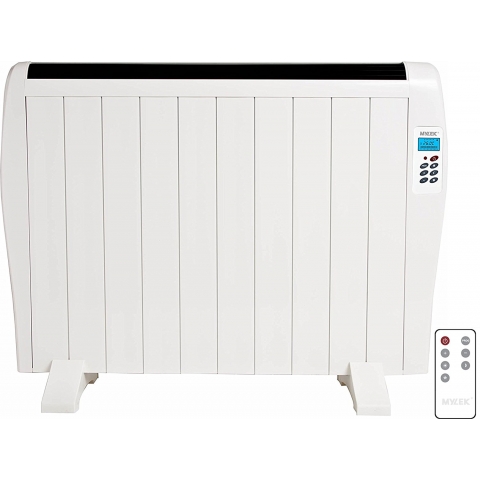 The material your heater is made of - inside and out - determines how well it performs. You probably know that some materials conduct heat better than others, so you want your radiator to be made of the most thermally-conductive material you can afford. This means you should look for a heater which is made of aluminium to get the best performance. Aluminium is tough and light but is the most conductive metal there is (apart from copper, which is too heavy and expensive to be used), so if you can find a unit with an aluminium body, you're off to a good start!
The material your heater is made of - inside and out - determines how well it performs. You probably know that some materials conduct heat better than others, so you want your radiator to be made of the most thermally-conductive material you can afford. This means you should look for a heater which is made of aluminium to get the best performance. Aluminium is tough and light but is the most conductive metal there is (apart from copper, which is too heavy and expensive to be used), so if you can find a unit with an aluminium body, you're off to a good start!
However, it's not just the outside of the heater you need to worry about - the inside is important, too! Many new models use an aluminium heating element for the reasons we highlighted above, but there are a few other options available. Ceramic heaters are one of these options, offering you an ultra-modern and energy efficient way to keep warm. They use a ceramic plate to generate and store heat at the same time, meaning they can stay warm for a long time after powering off.
Oil filled radiators work in a similar fashion to this, except instead of a solid ceramic plate, they're filled with a thermally-conductive oil. As this oil is only used for heating, it never needs to be replaced or maintained.
Tubular Heaters
Our range also includes tubular heaters, which are designed to run at incredibly low power. They're not really powerful enough to be used to keep cosy around the home, but they're instead designed to be left on for extended periods to prevent frost. This means that they're ideal for protecting greenhouses and caravans throughout the winter as you can comfortably leave them on for months at a time without racking up an expensive energy bill.


